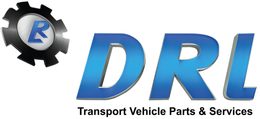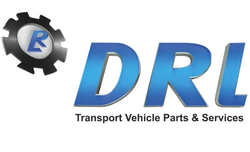All prices are Ex V.A.T.
Camera Systems
Wired Kits
Wireless Kits
360 & AI Systems
Recorders
Monitors
Cameras
Cables
Artic Cable
Adapters
Ancillaries
Buzzer
bbs-tek (White Noise)
Intercom
Nightshift
Smart
Tonal
Speaking
Dashcam
Sensors
Brigade Radar Systems
Ultrasonic Obstacle Detection
Predictive Sidescan NEW
DVS Direct Vision Standard
Lighting
Interior Lights
Headlights
Lightbars
Mount
Magnetic
Accessories
Taillights
LED Tail Lights
Lens
Bulb
Trailer Tailights Mag / Board
Accessories
Bulbs
Bulbs 12V
Bulbs 24v
LED Bulbs
No Plate Light & Holder
Marker Lights
Marker Lights
Outline Marker
Strobes
Beacons
1 Bolt
2 Bolt
3 Bolt
Pole Mount
Mag Mount
LED Aerial Whips
Battery Beacon
Beacon Accessories
Scenelite
Spot Light & Bars
Perimeter Lights
Worklight
Torch & Head torch
Controlers
Inverters
Pure sine
12v
24v
Modified / Quasi Inverters
Split Charge relay
Radios
Stereo
CB Radios
Walkie Talkie
Cargo Straps
Susi
Susi Air
Susi Electric
Susi Plugs
Susi Sockets
Susi Adapters
Susi Air Couplings
Switches
Isolators
On/Off
Cables & Accessories
Cable
Split Tubing 1023
Cable Ties
Cable Holders
Ladderacks
Wheel Related
Wheel Indicators
Wheel Trims
Handwash Portable Units
Exhaust
Chargers / Jumpack
Jump Leads
Gauges
Mirrors
Trailer
Horn
DVS Direct Vision Standard
What is Direct Vision Standard 2 (DVS 2)?
The Direct Vision Standard (DVS) is a legislation that requires all goods vehicles weighing more than 12 tonnes to possess a permit to drive in Greater London. The permit is issued based on how much a driver can see from the cab in relation to other road users. HGVs that do not meet minimum requirements must be equipped with a series of vehicle safety devices to improve and aid the driver’s indirect vision prior to applying for the permit.
Brigade’s products are independently tested to confirm they meet requirements. To help you apply for your permit, we have put together the following DVS compliant kits.
Options:
- Full Progressive Safe System (DVS 2) Kit For both rigid and articulated vehicles :Kit Model No: PSS-001 Kit Part No. 7679
- GSR Upgrade For customers who have OEM factory fit R151 and R159 solutions Kit Model No: BSIS-MOIS-001 Kit Part No. 7678
- DVS 2020 Upgrade to PSS 2024 For customers who currently already comply to DVS phase 1 (safe permit) but need to upgrade to the PSS (Progressive SafeSystem) Kit Model No: BSIS-MOIS-001 Kit Part No. 7675
Refine by


